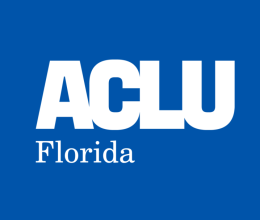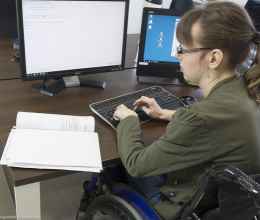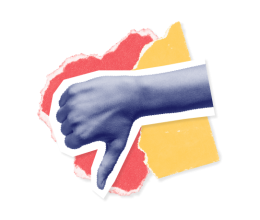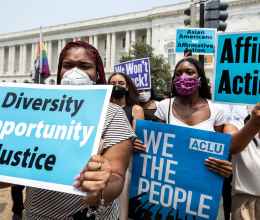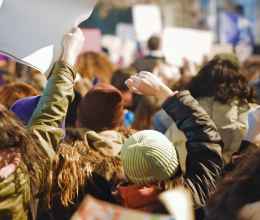
Like minority youth, LGBTQ youth are over-represented in our juvenile justice system. The Office of Juvenile Justice and Delinquency Prevention found that while making up an estimated 7 to 9% of our nation’s youth population, LGBTQ youth make up 13 to 15% of those in the juvenile justice system. The Center for American Progress and the Movement Advancement Project further found that 20% of youth in juvenile justice facilities identify as LGBTQ, and 85% of those youth are youth of color. They found the over-representation of LGBTQ girls in such facilities even more stark – 40% of the girls in juvenile justice facilities identify as LGBTQ or gender non-conforming.
LGBTQ youth have a harder time getting their needs met by the juvenile justice system as well. Misconceptions abound that color professional’s views of LGBTQ youth. “It’s a phase.” “They’re just looking for attention.” Or, more dangerously, “It’s a mental illness.” These myths lead to an unaccepting environment that criminalizes these youth’s biology and puts them at a heightened risk of further victimization.
Contributing Factors
- Discrimination. LGBTQ youth face discrimination in their communities, schools, and even their homes. They often face family rejection or instability and homelessness. At school, they are disproportionately bulled and find fewer allies in teachers and administration. When they act to defend themselves, provide for themselves, or to self-medicate, they often find themselves in the juvenile justice system, which is no more friendly.
- Family Rejection. LGBTQ youth who have been rejected by their families struggle to have their basic needs met. The Center for American Progress and the Movement Advancement Project found that one in two black youth and one in three Latino youth say their family is not accepting of LGBTQ people. Forty percent of homeless youth identify as LGBTQ, of which 31% are Black. One in three transgender people have been turned away from a shelter. This rejection also negatively impacts their psychosocial development and their behavior. LGBTQ youth who were rejected by their families were eight times as likely to attempt suicide and three and a half times as likely to use illegal drugs. Such family rejection leads to more contacts with law enforcement and more arrests. Once arrested, this lack of family support translates to increased likelihood of detention and punishments over diversion programs.
- Victimization. These youth are also more likely to be victimized. The 2017 CDC Youth Risk Behavior Survey found that nearly 35% of Florida LGBTQ students were bullied at school, compared to 14% of heterosexual students. They are twice as likely to miss school because they feel unsafe. They are also three times as likely to be victims of dating violence or rape. All this pressure and unmet need causes tragedy. Florida’s LGBTQ students are three times as likely to report suicidal ideations, to plan a suicide, and to attempt suicide than their heterosexual peers.
Ending the School to Prison Pipeline through refocusing school discipline on developing executive functioning skills in youth, rather than punishment or exclusion, will help LGBTQ youth. Encouraging schools to refocus school resource officers on safety, not discipline, is vital, as is encouraging the adoption of programs rooted in restorative justice and pre-arrest diversion. To specifically combat the unfair treatment of LGBTQ youth, you can also:
- Encourage education and juvenile justice professionals to participate in equity training.
- Encourage your state representatives, or your local leaders, to ensure protections for LGBTQ individuals.
- Support Gay-Straight Alliances (GSAs) in schools and other efforts to create safe school environments for LGBTQ youth.
- Encourage collaboration between the child welfare, education and juvenile justice (when involved) systems to meet the needs of LGBTQ youth suffering family rejection.
Resources:
- CDC LGBT Youth Resources
- LGBTQ youth resources: Bridging the digital divide
- ACT UP NY
- The Trevor Project
- Matthew Shepard Foundation
- Unjust: How the Broken Juvenile and Criminal Justice Systems Fail LGBTQ Youth, 2016.
- Hidden Injustice: Lesbian, Gay, Bisexual and Transgender Youth in Juvenile Courts, 2009.



